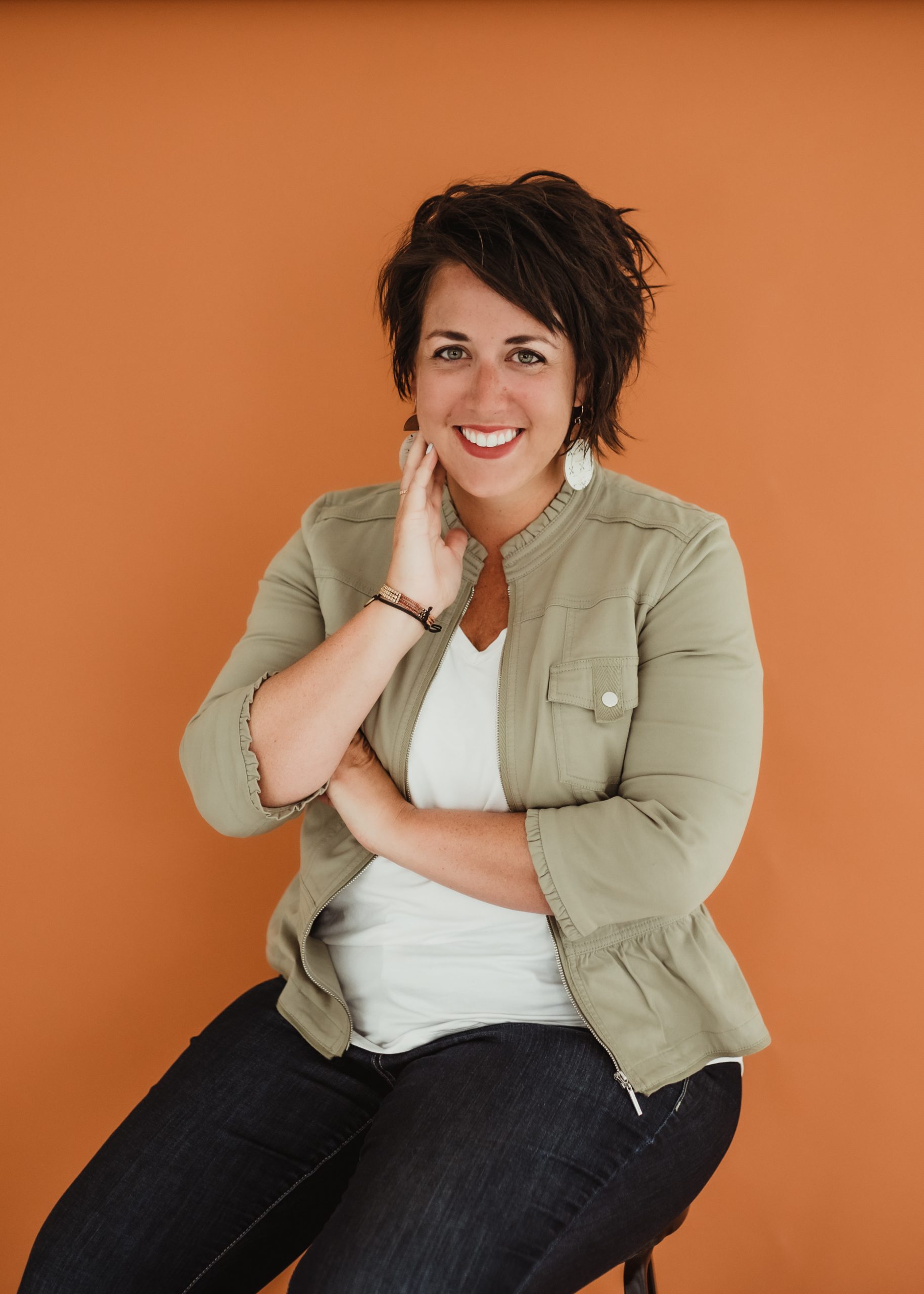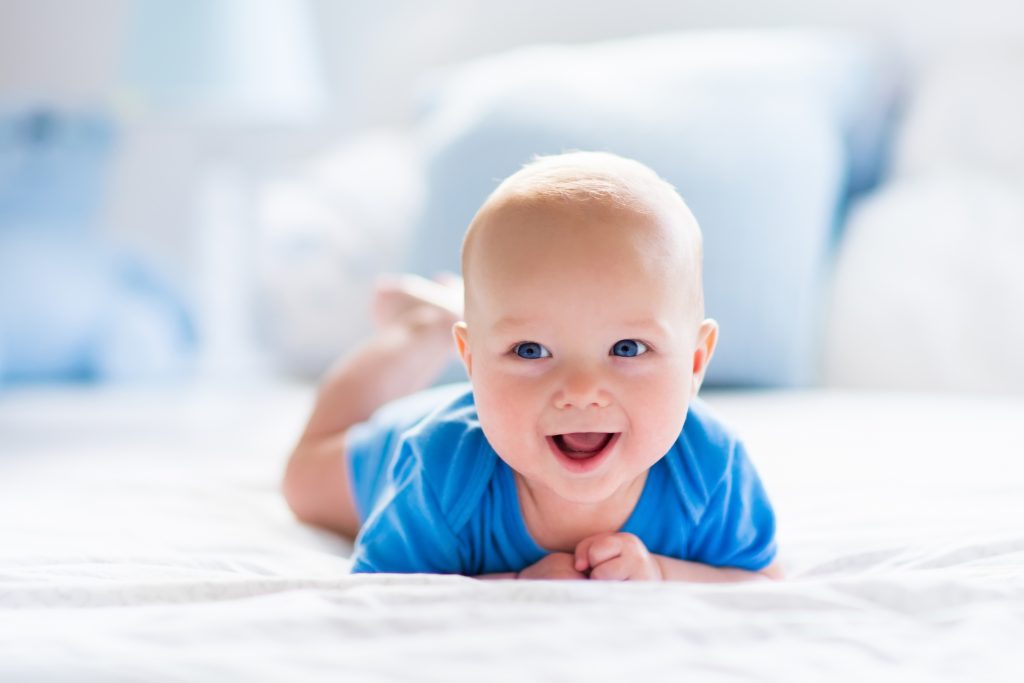
It’s one of the most troubling and complex medical conundrums in the sleep community — Sudden Infant Death Syndrome. It’s the leading cause of death in infants age one month to one year old in the U.S. and other major developed countries, and scientists have been trying to pinpoint a cause and potential preventative measures for decades.
Recently, they made strides towards a possible genetic test babies might be able to have at birth to determine their SIDS risk, discussed at the 7th Annual SIDS Summit at the end of March. More than 155 international researchers and data scientists came together to share their newest insights, according to a press release from the event sponsors, The Center for Integrative Brain Research at Seattle Children’s and Microsoft AI for Good Lab. (1) The Aaron Matthew SIDS Research Foundation funds the database, which Seattle Children’s manages.
The findings, soon to be published in the American Journal of Medical Genetics, reveal scientists can identify novel genes associated with Sudden Unexplained Infant Deaths (SUID) which also includes SIDS, and that some of those genes are responsible for low oxygen levels in the body tissues (called hypoxia). Babies who have this can be more susceptible to SIDs especially when lying face down.
The research could potentially answer an age old question plaguing families who have lost babies to the condition — why did this happen? Doctors have known for decades now that sleeping position can increase risk for some infants, but now the study connects the genes with potential causes, including sudden cardiac deaths, the press release says.
“Scientific research sometimes leads to surprises,” said Jan-Marino Ramirez, PhD, Director of the Center for Integrative Brain Research at Seattle Children’s in the press release. “One surprise in our research leads to an exciting question: what if a genetic test at birth could not only predict the risk of SIDS, but also terminal cardiac problems well into adulthood? Preventative treatments exist for these dangerous conditions, and early detection could save lives.”
Co-founder of the Aaron Matthew SIDS Research Foundation John Kahan, along with his wife Heather, organized the first of these summits while he worked at Microsoft, and he shared in the press release that they are using “cutting edge AI” in this process to identify the genetic data. He adds that we are getting “far closer” to helping doctors administer preventative treatments to those more susceptible to risks.
Previous research this year has narrowed down just which sleep positions and practices are most risky for infants. In addition, a 2022 study got the SIDS community and parents everywhere excited that answers might lie in a common detectable enzyme, found in a simple blood test, but unfortunately those results still need further research.
Until researchers have finalized answers, parents should still follow the best safe sleep practices for babies, including: sleeping alone, on their back, in a crib, without additional items including pillows or blankets. Hopefully, in the near future, parents will be able to sleep easier as scientists get closer to advances in the fight against SIDS.
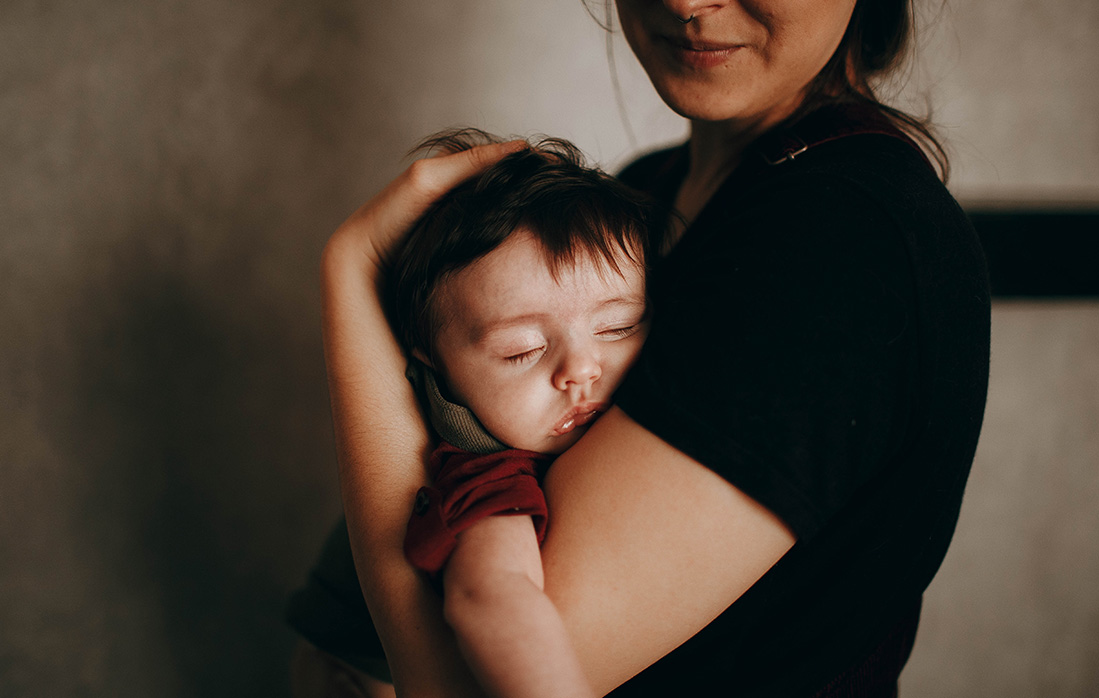
A Comprehensive Guide To Babies And Sleep
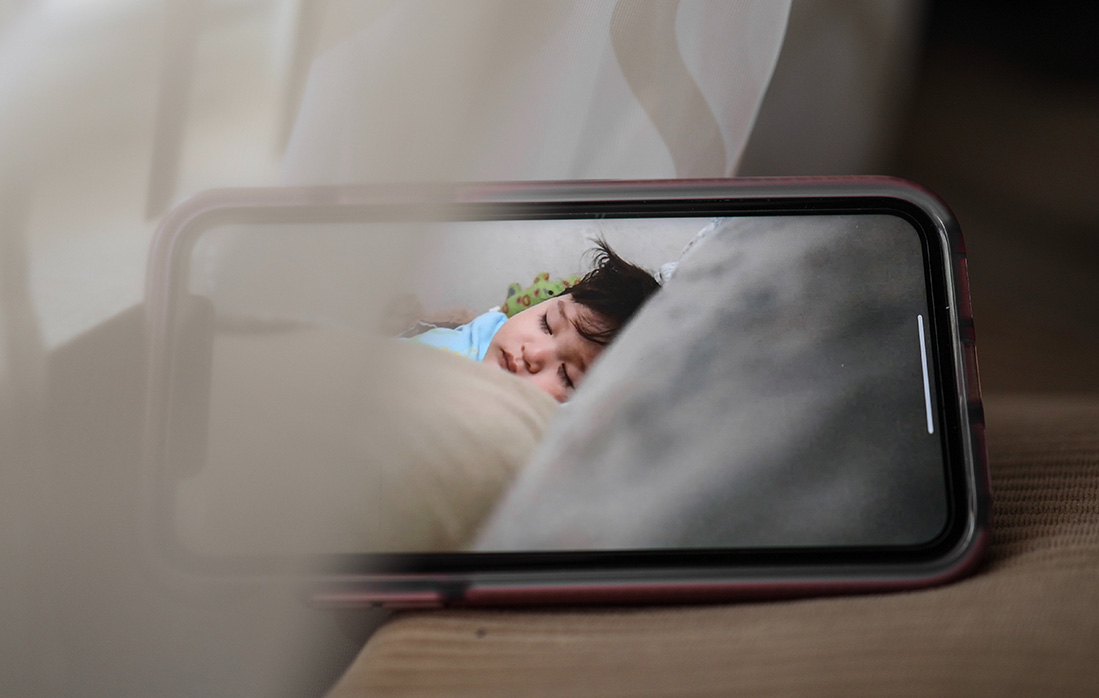
Baby Sleep Safety: Everything to Know in 2024

New Study Points to These Unsafe Sleep Practices as the Cause of Most SIDS Deaths
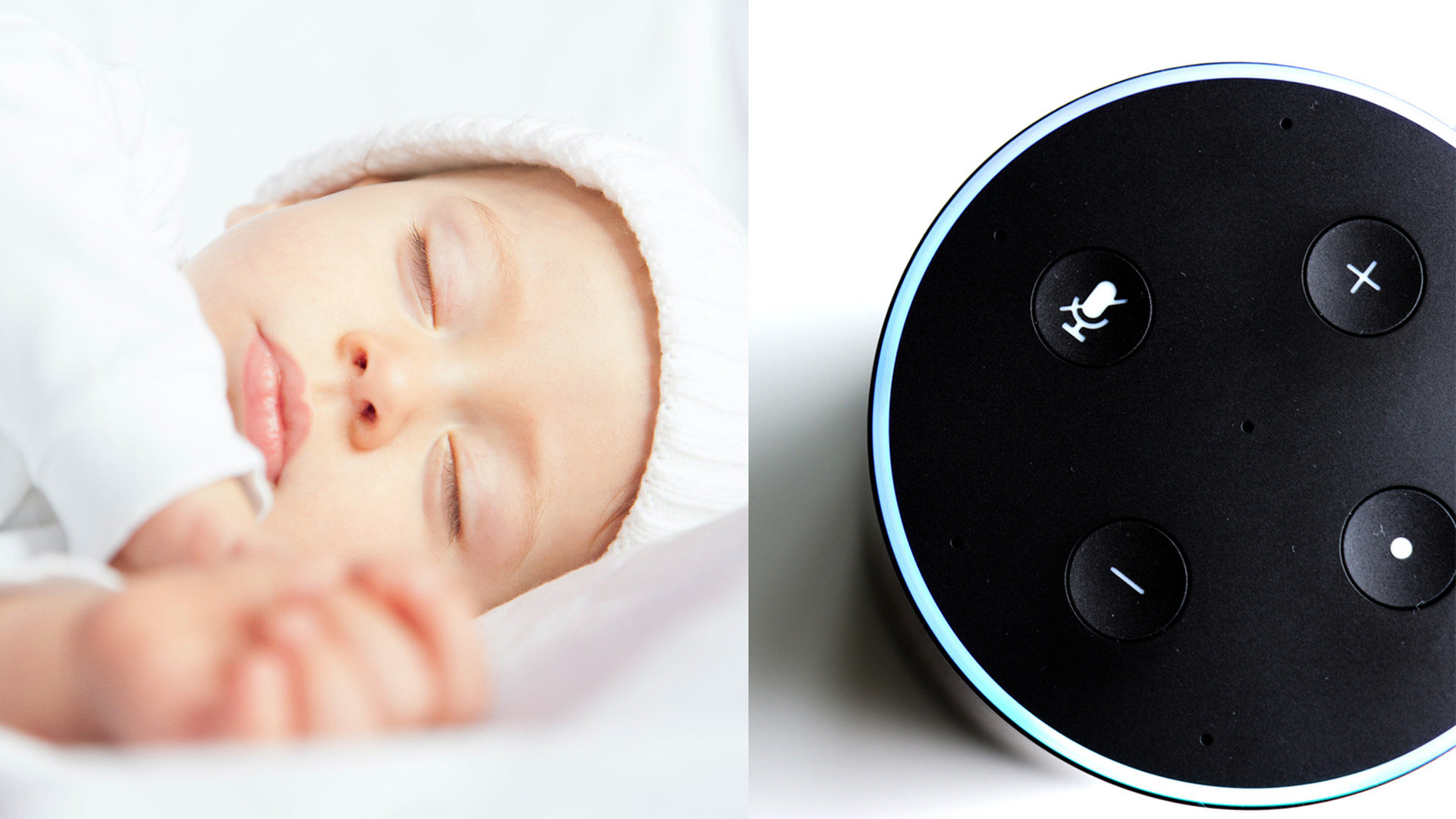
Are We Accidentally Getting Children Addicted to Sound Machines For Sleep?
Sources
1. Aaron Matthew SIDS Research Guild; “Data-Science-Powered Research by Seattle Children’s and Microsoft Shows Promise of Predicting SIDS and Other Causes of Sudden Death,” PR Newswire; https://www.prnewswire.com/news-releases/data-science-powered-research-by-seattle-childrens-and-microsoft-shows-promise-of-predicting-sids-and-other-causes-of-sudden-death-302102075.html; March 24, 2024.
Ramirez, Jan-Marino. Author interview. April 2024.
